Drivers have areas around their vehicle that they cannot see in the mirrors or by turning to look. These are called blind spots. Modern vehicles have fewer blind spots due to better mirror placement, cameras and bigger windows, but there are limitations.
Blind spots put other road users at risk, predominantly small, vulnerable ones like motorcyclists, cyclists, scooterists and pedestrians, but it’s also possible to be in the blind spot of a class 5 truck when you’re driving a class 2 truck – it’s not limited to small cars and two-wheeled vehicles.
Many road users have no idea about truck blind spots and absentmindedly drive in them for extended periods without realising the dangers. The following diagrams and descriptions of blind spots should help all roads users, from pedestrians to truck and bus drivers, understand the danger areas.
Truck blind spots
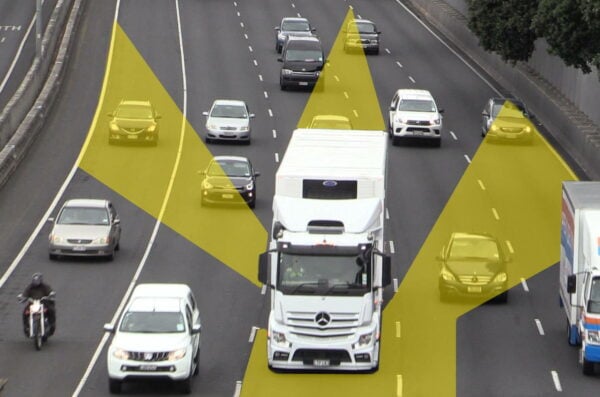
Cab front
For cab-over trucks, like the ones below, draw a line from the driver’s eyes past the bottom of the truck’s windscreen. This creates a wedge in front of the cab.
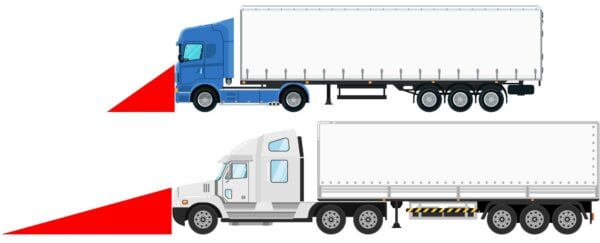
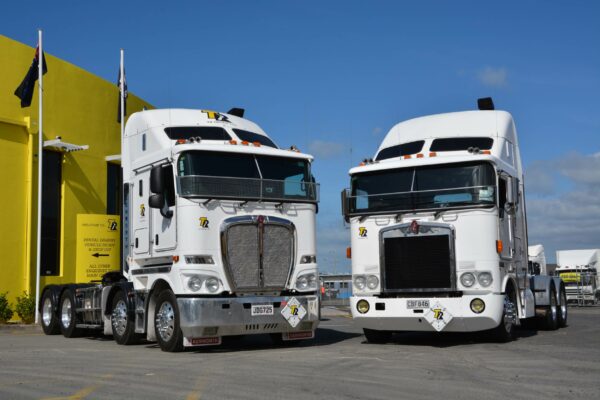
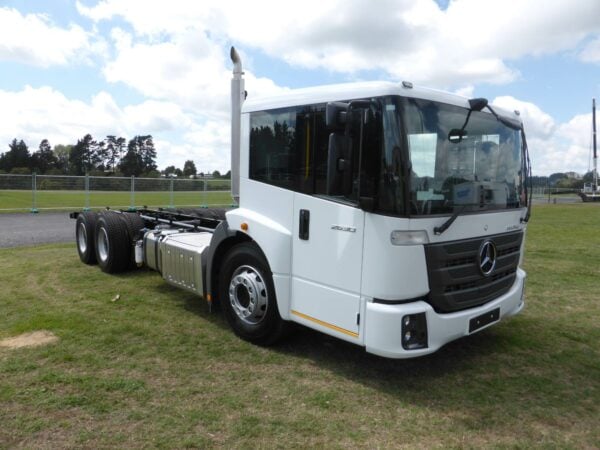
Above the cab
A blind spot exists above the cab and partially down the side of the truck or trailer which presents a risk to awnings and balconies, low branches and power lines, and doorways.
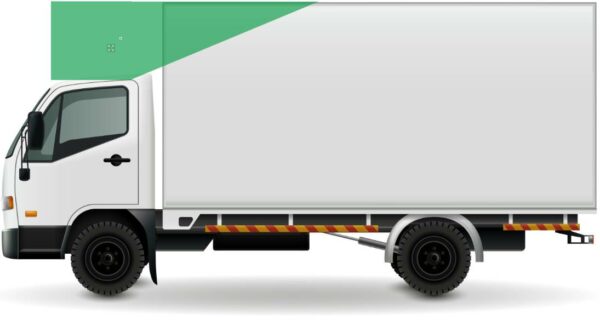
Behind the truck or trailer
The blind spot extends backwards in an elongated triangle depending on the angle of the mirrors. Any vehicle travelling in this blind spot is invisible to the driver.
Driver and passenger sides
A growing wedge extending backwards between 30-45 degrees (depending on the mirrors) hides vehicles in adjacent lanes, as shown in the image above.
The areas immediately next to the doors are blind spots that cyclists and motorcyclists don’t realise are extremely dangerous to sit in.
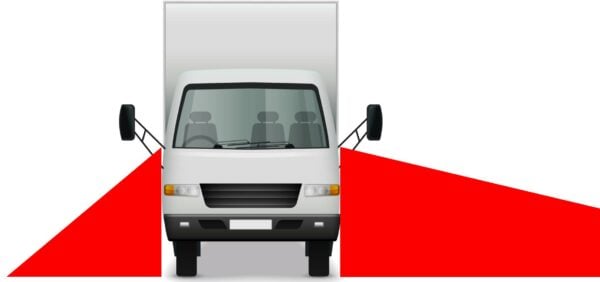
Bus or coach blind spots
As with the truck, a large triangular blind spot exists behind the bus, plus wedges extending left and right, and a wedge in front. The doors are usually glass so provide less of a blind spot than truck doors.
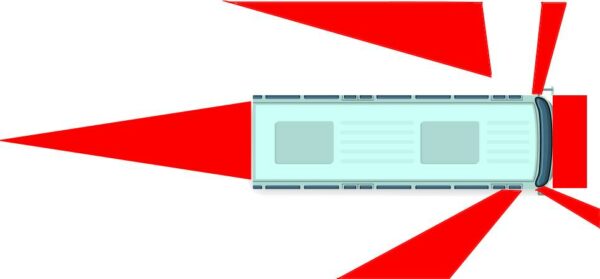
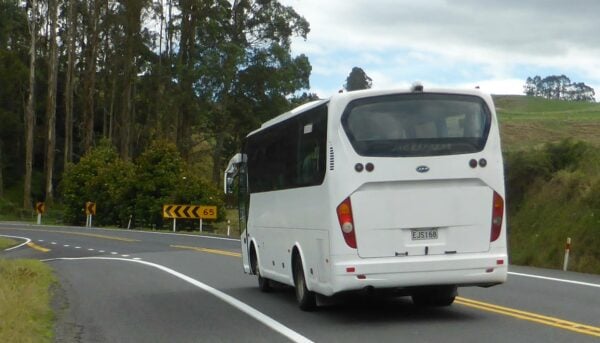
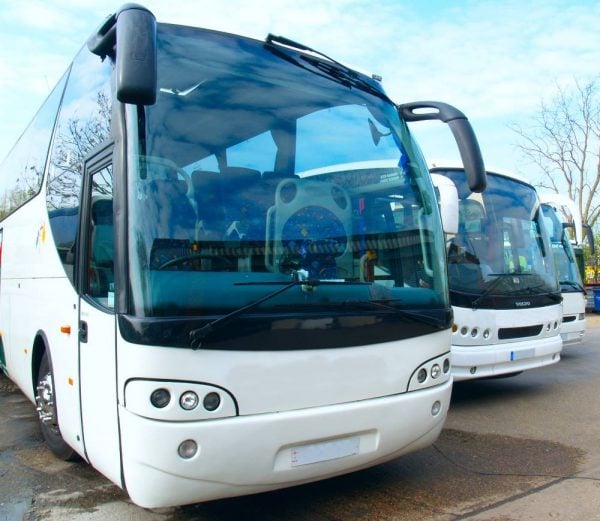
How can blind spots be reduced for heavy vehicle drivers?
- Convex mirror mounted above the passenger door facing down
- Large side mirrors set fairly far forward with a convex lower mirror (but be wary of the blind spots the mirror itself creates)
- Doors with lower glass panels
- Manoeuvring cameras
- Rear window in a day cab vs a solid rear wall like in a sleeper cab
- Front-mounted convex mirror facing down towards the front bumper
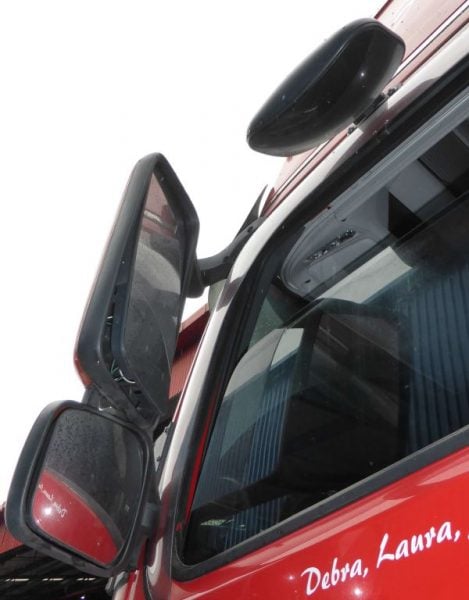
How are blind posts in heavy vehicles made worse?
- Poor mirror placement and angling
- Dirty mirrors
- Dirty windows
- Sunstrike
- Passengers
- Hanging items in the windscreen
- Large or tall loads
- Opaque window signage

